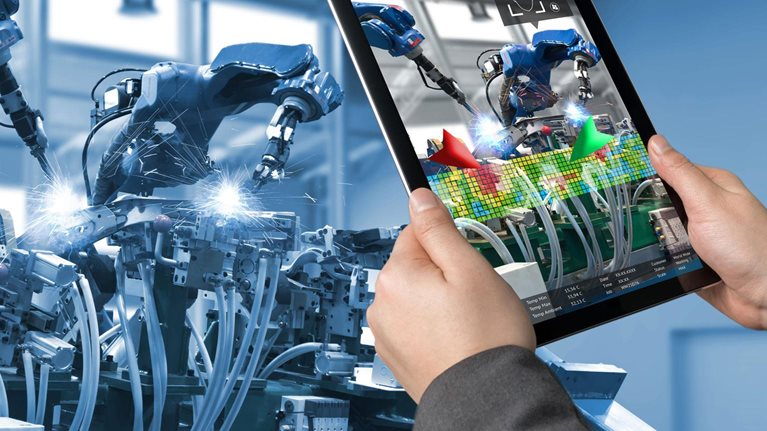At the 2019 Annual Meeting of the New Champions (Summer Davos Forum) held in early July in Dalian, China, the World Economic Forum (WEF) selected ten manufacturing locations, including one from South Korean steelmaker POSCO, as “lighthouse factories”—plants that lead the future of manufacturing, just as a lighthouse shines across the sea. Since 2018, WEF has selected such lighthouse factories from among thousands around the world to join the global Lighthouse Network, a WEF project in collaboration with McKinsey.
The lighthouse factories have made innovative performance improvements by proactively adopting Fourth Industrial Revolution technologies, such as big data, artificial intelligence (AI), and the Internet of Things (IoT). While a total of 26 lighthouse factories have been selected to date, this is the first time that the list included a South Korean company. POSCO received high scores for having utilized AI technology to build a smart factory platform, including applications such as a smart blast furnace and an AI-based system for coating-weight control.
Other lighthouse factories illustrate how digitization of a company’s entire value chain, not just its manufacturing methods, can transform its overall business model. Chinese vehicle brand SAIC Maxus of SAIC Motor built a new production system that automatically manages purchasing, production, inventory, and logistics based on each customer’s personalized order information. This large-scale, tailored production system—established with minimal additional capital—led to growth that is more than 25 percent faster than that of the brand’s competitors.
With manufacturers facing an increasingly uncertain business environment marked by rising wages, trade conflicts, consumer demands for customization, increased volatility in exchange rates and raw-material costs, and stricter environment and labor regulations, forward-looking technological innovations are providing tangible solutions. Using Fourth Industrial Revolution technologies, lighthouse factories have been able to increase output by up to 200 percent and increase productivity by up to 160 percent while reducing inventory levels and times to respond to customers by up to 90 percent.
South Korea’s manufacturing output, which ranked 25th in the world in 1980, now jumped to fifth-largest after China, the United States, Japan, and Germany. It is one of the few countries, along with China, in which manufacturing accounts for more than 30 percent of the national economy. This means that a turnaround of the South Korean economy is difficult to imagine without the transformation and revival of its manufacturing sector.
Gradual improvement is not what is needed for South Korean manufacturers, which are seeing stagnant growth and productivity in an increasingly challenging economic environment—the proverbial frog in a pot of boiling water. What the Korean economy needs is a complete transformation through digital technologies. But more than 70 percent of companies that have attempted digital transformations have found themselves stuck in the pilot stage, often for years on end. This phenomenon is so widespread that the term “pilot purgatory” was coined. Companies conduct pilot after pilot, timid because of concerns about short-term costs and lack of confidence about impact.
The phenomenon is particularly noticeable in countries with relatively high levels of factory automation, such as Japan and South Korea. Manufacturers in these countries face higher levels of uncertainty about the level of improvement that can be achieved when compared with their counterparts in countries such as Brazil, China, and India. If the status quo persists, South Korean manufacturing may find itself not just somewhere between the leading countries (such as Germany, Japan, and the United States) and the emerging countries (such as China and India) but left behind in the global competition.
South Korea’s manufacturing sector already has an outstanding foundation. Now it requires the addition of an engine of innovation—not just technological innovation but a bold, well-planned transformation of innovation across operations, organization, and business models.
This article appeared in the Chosun Ilbo on July 30, 2019, and is translated and reprinted here by permission.


